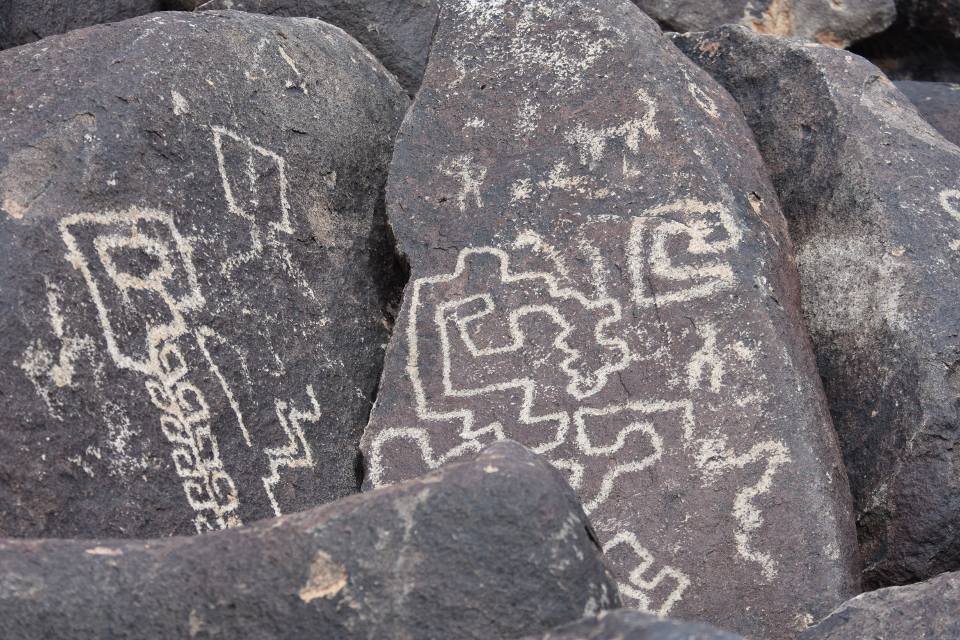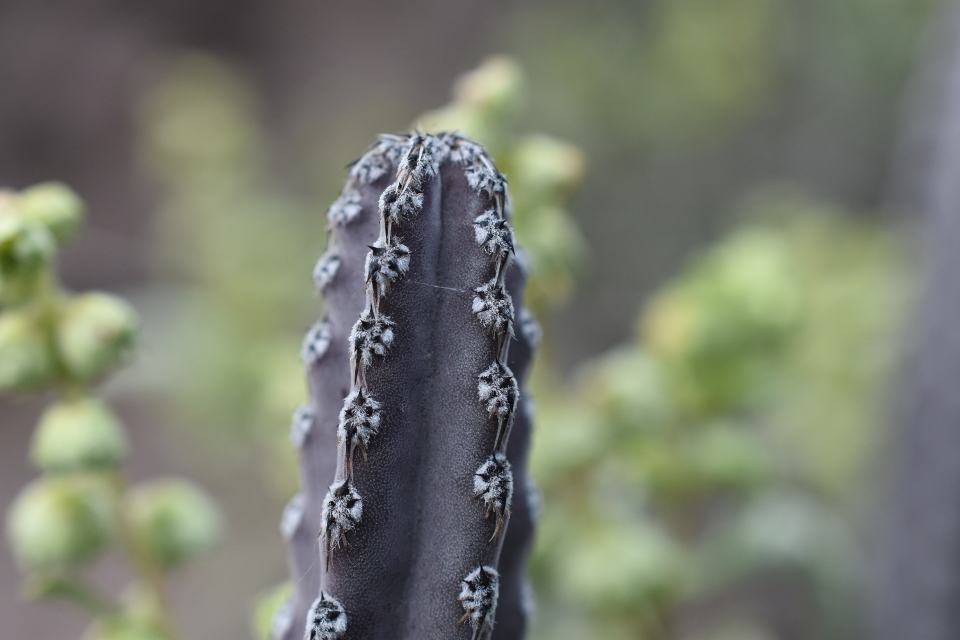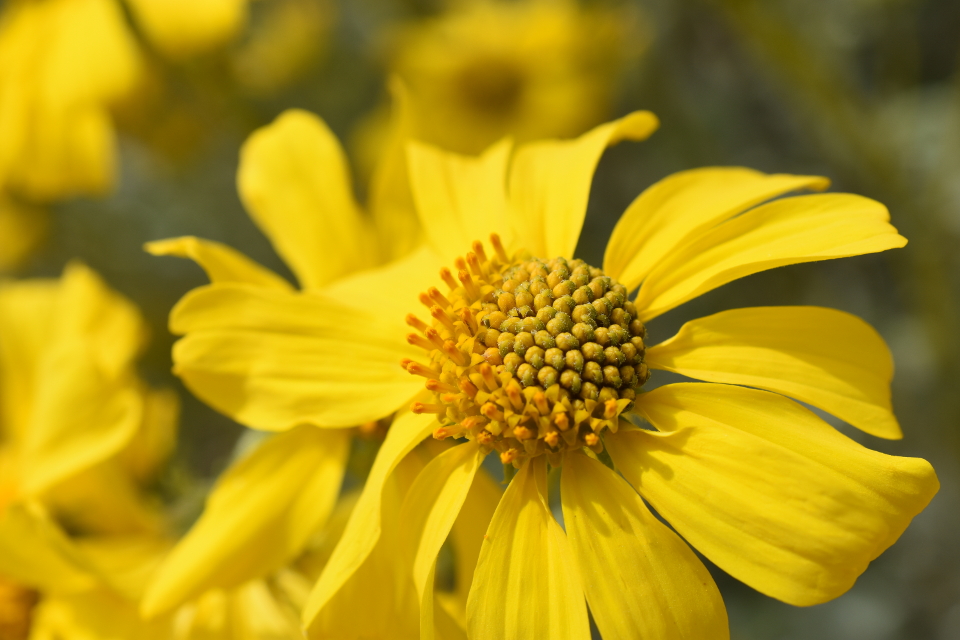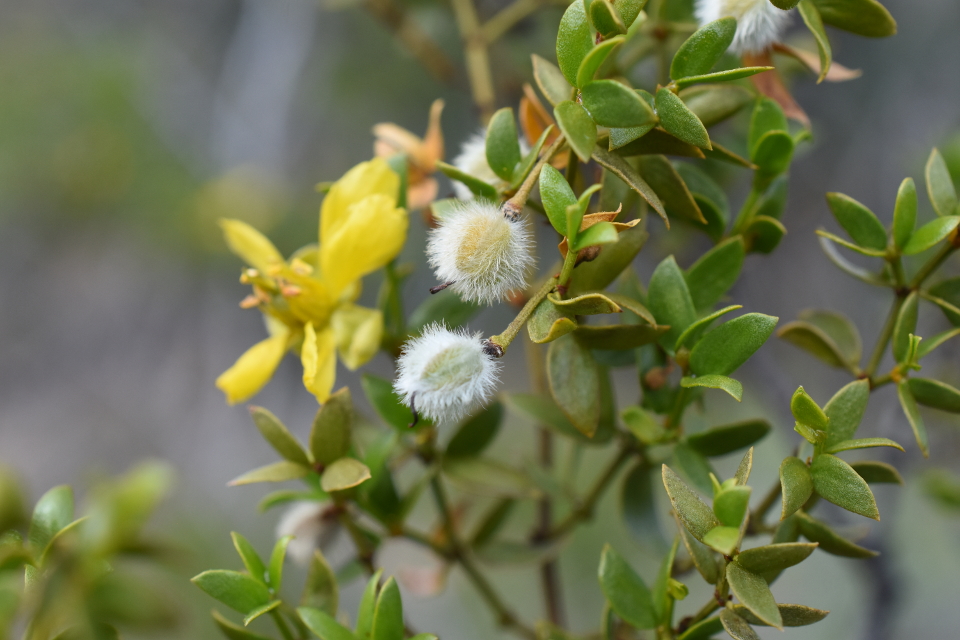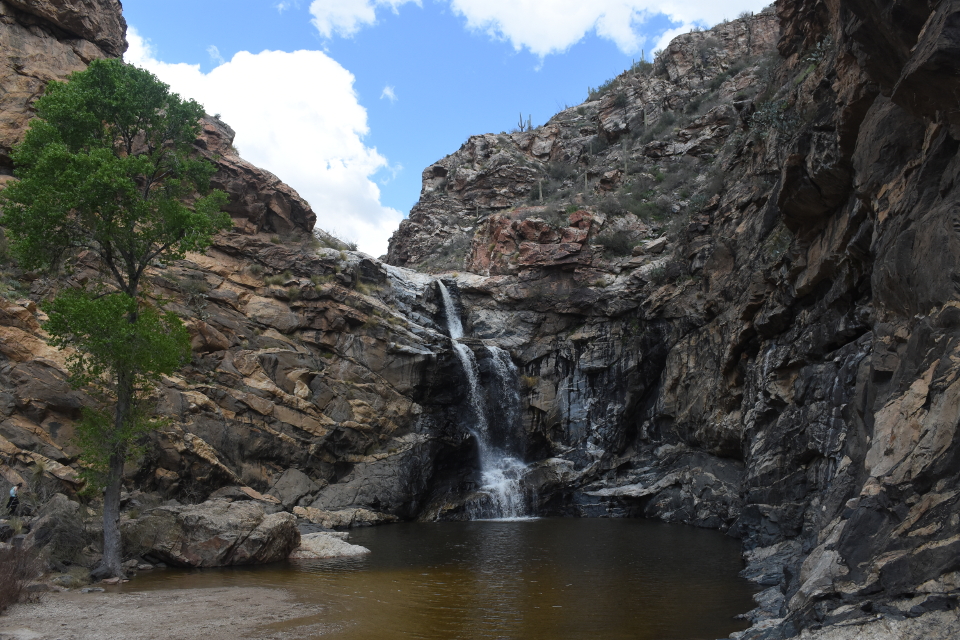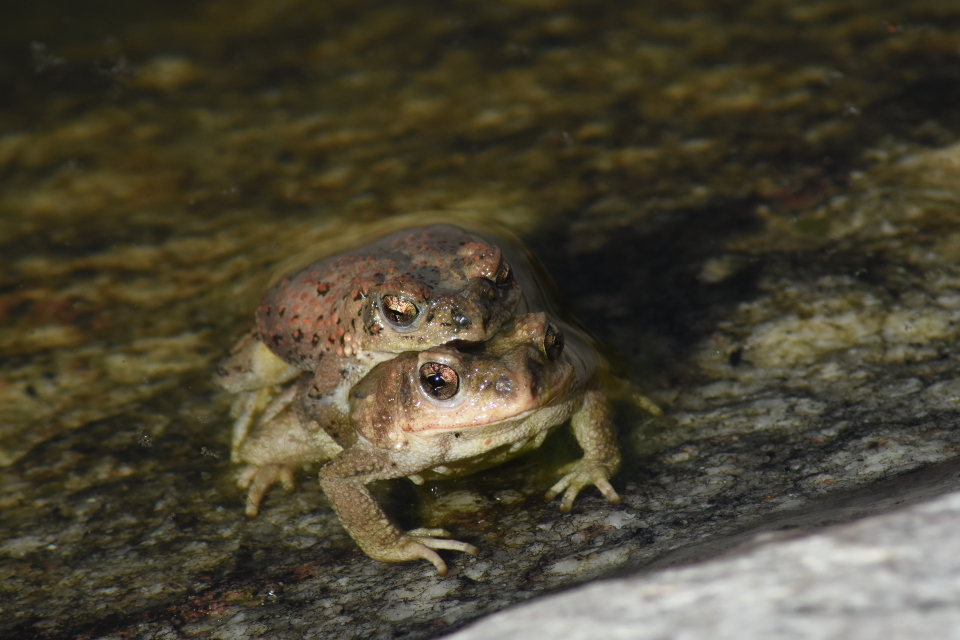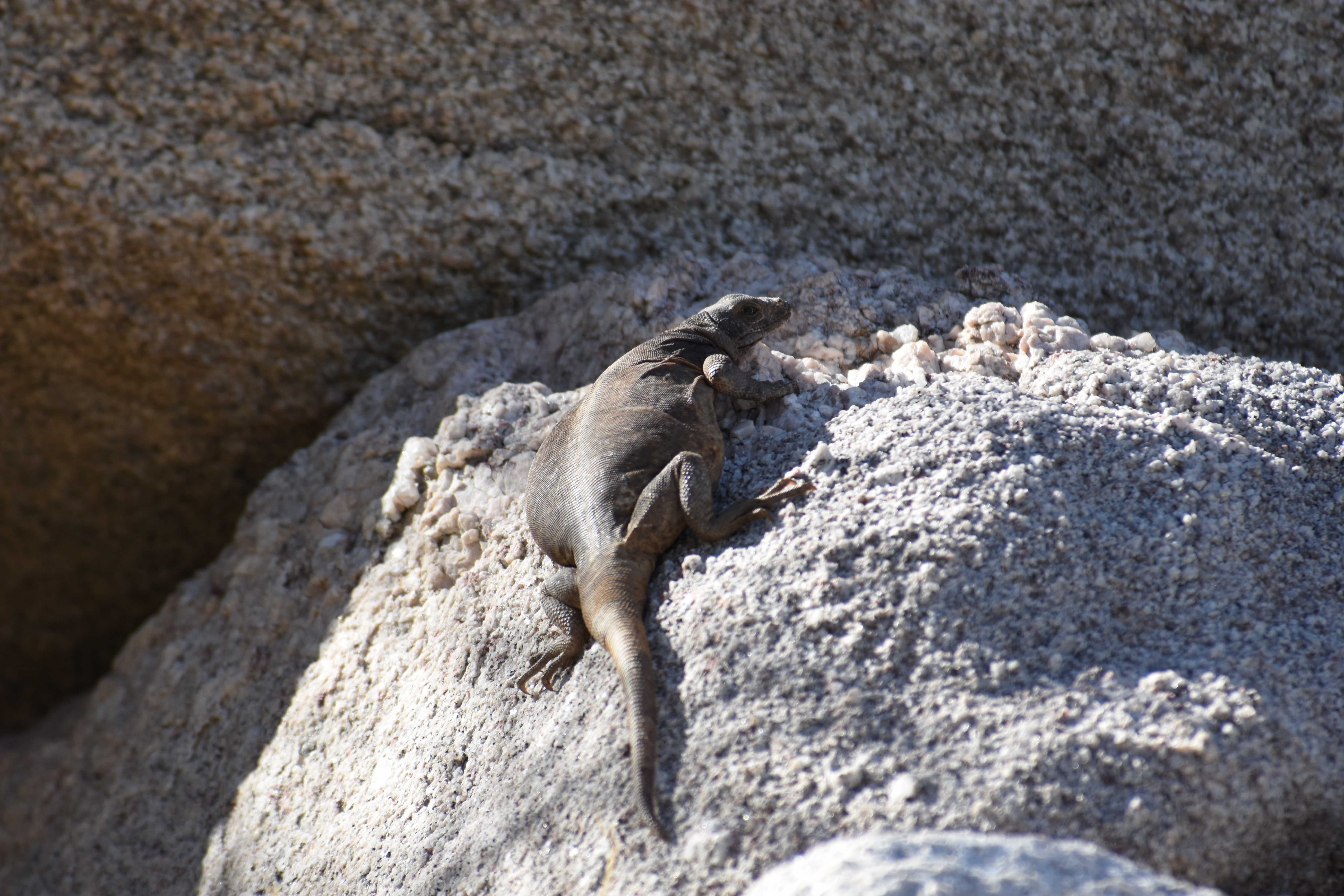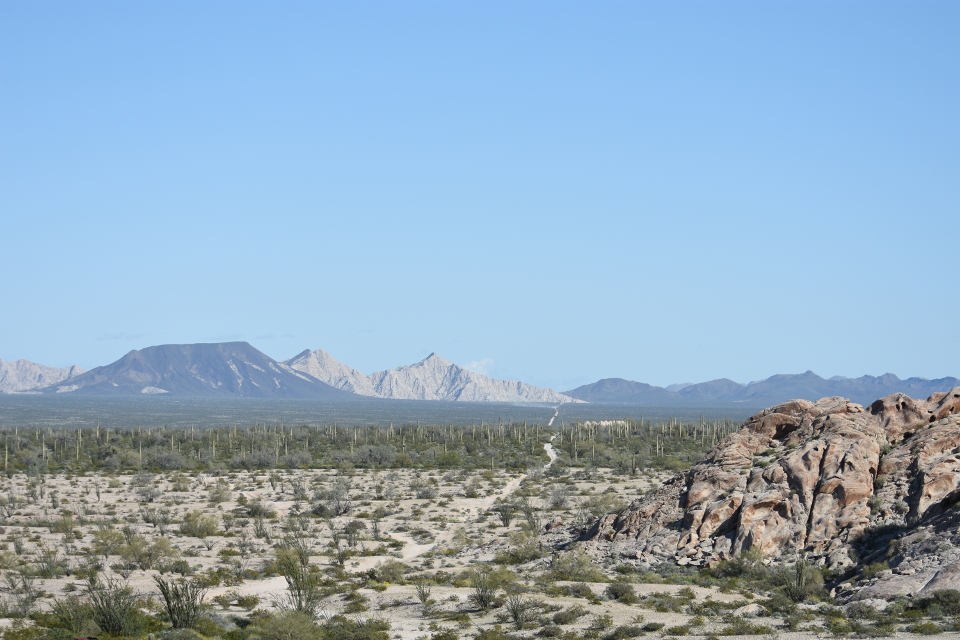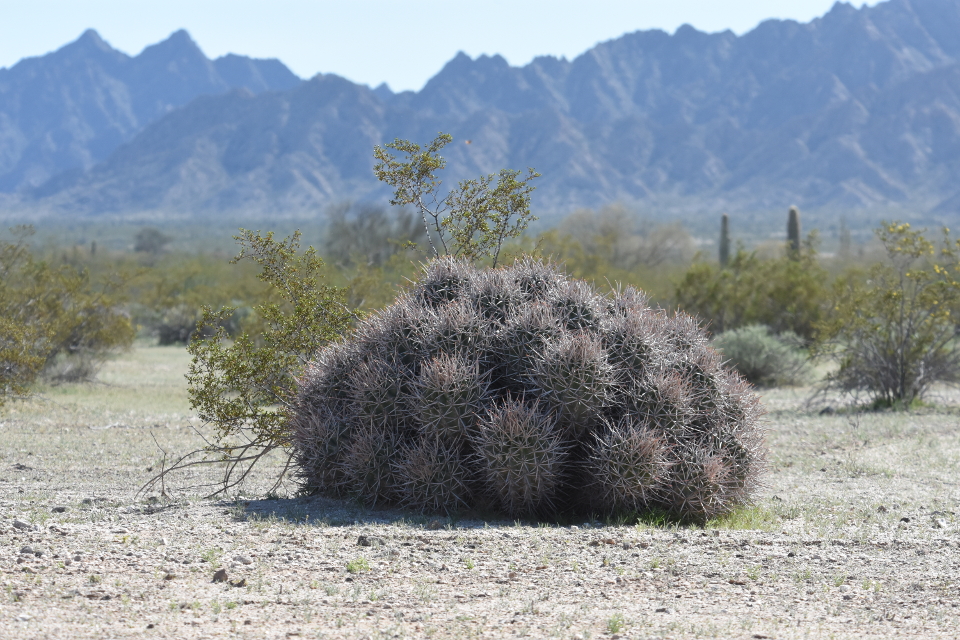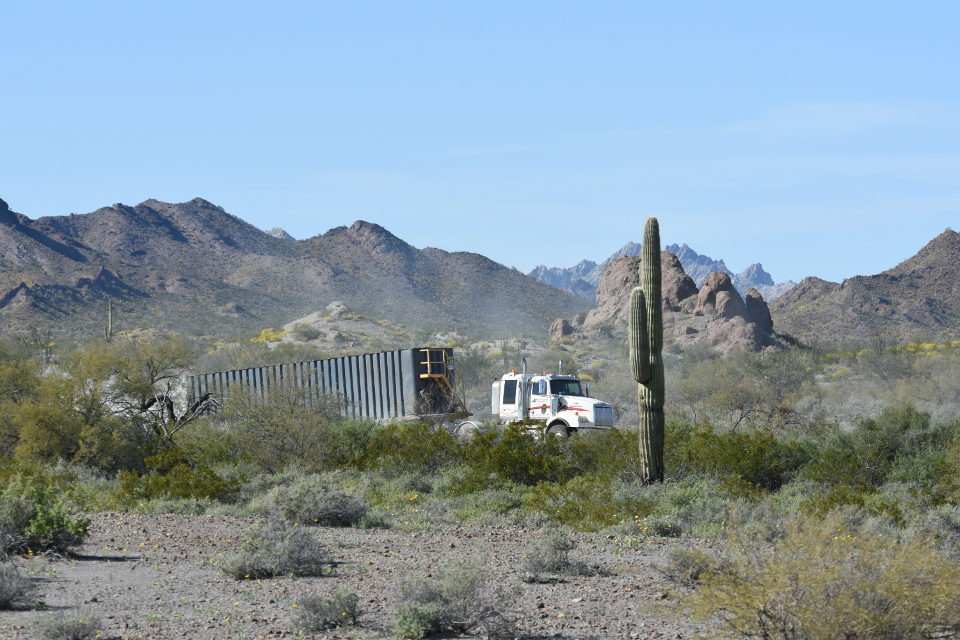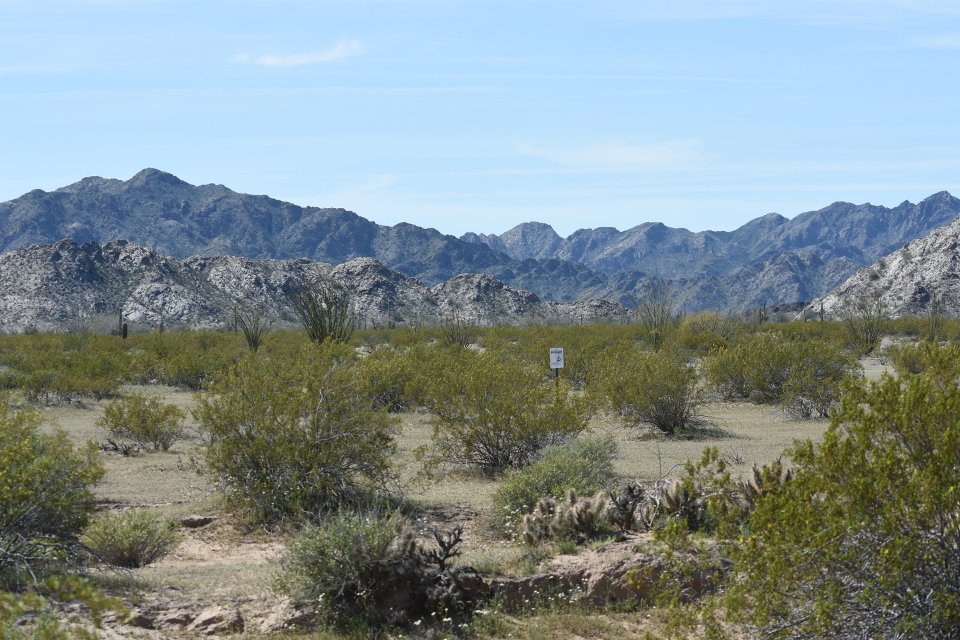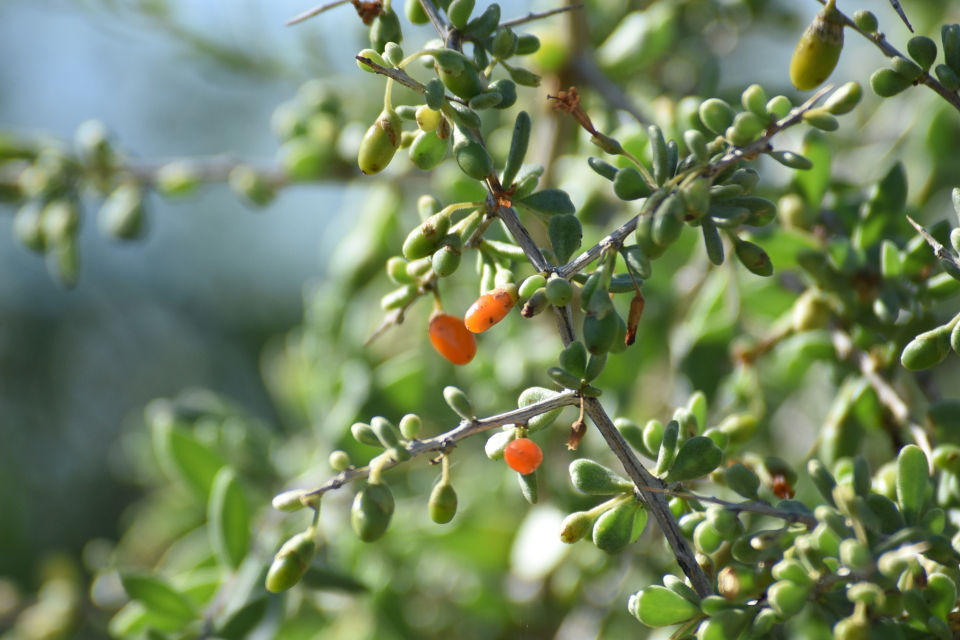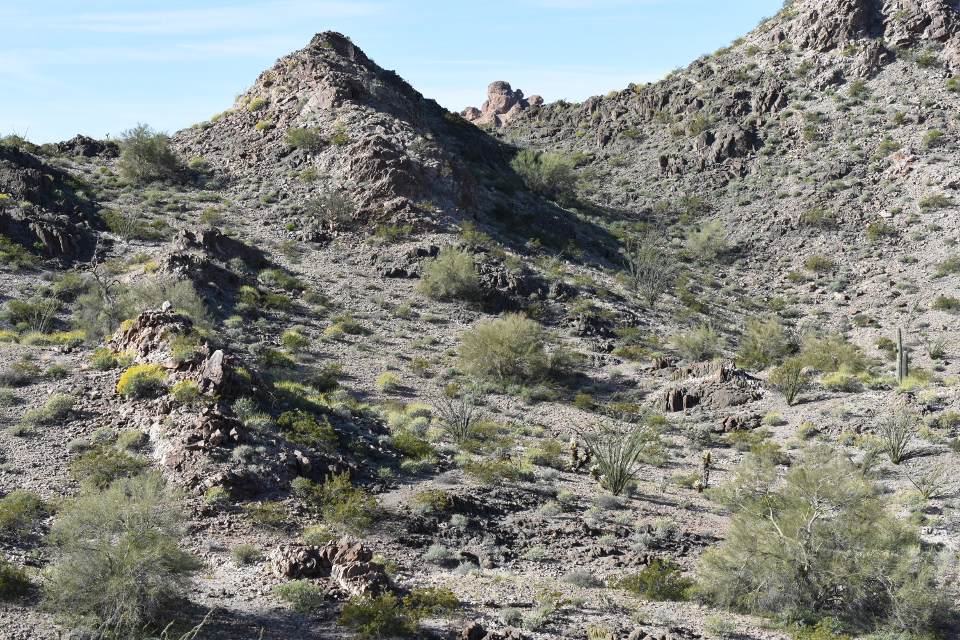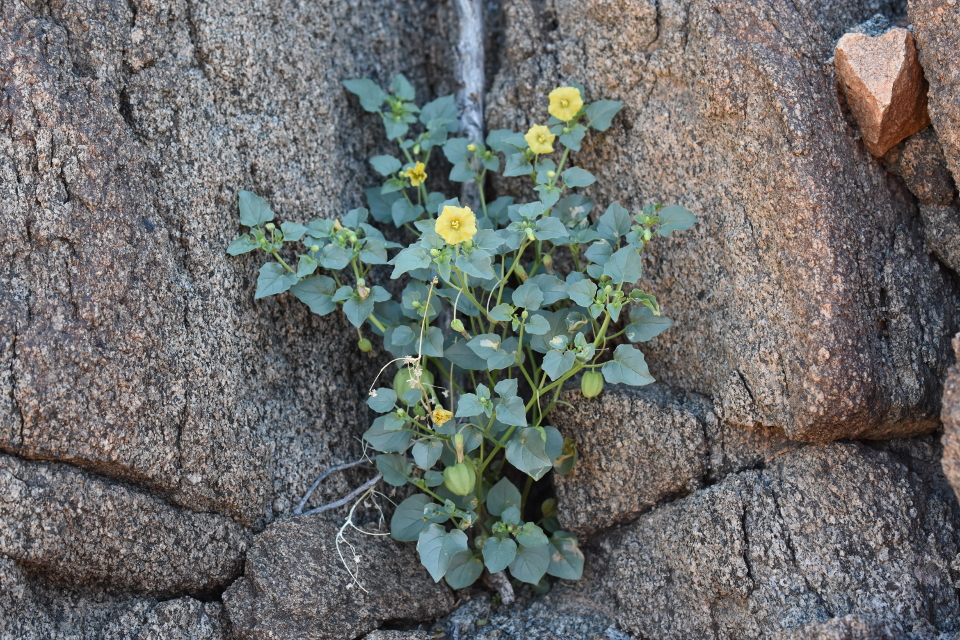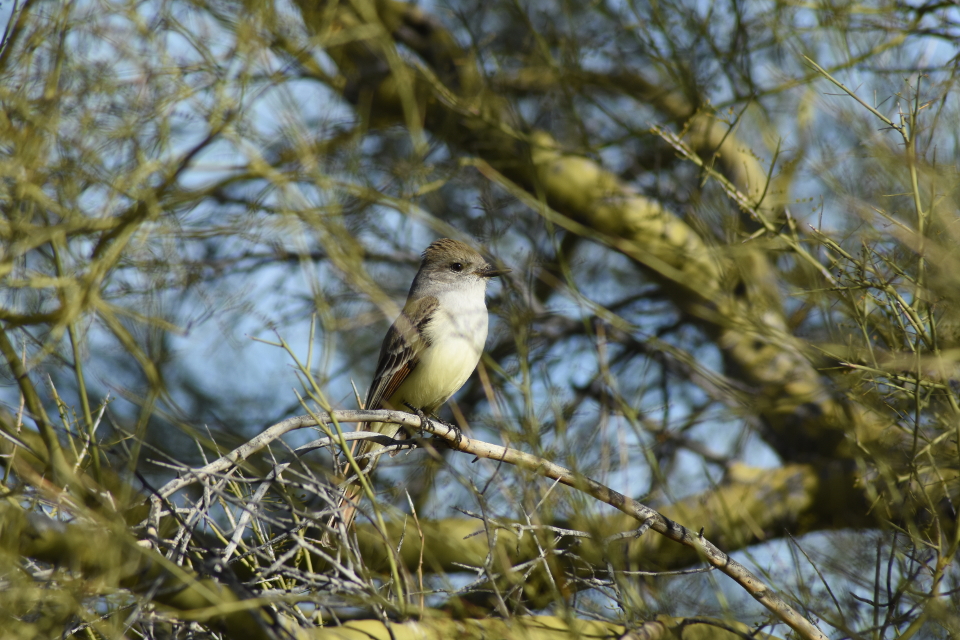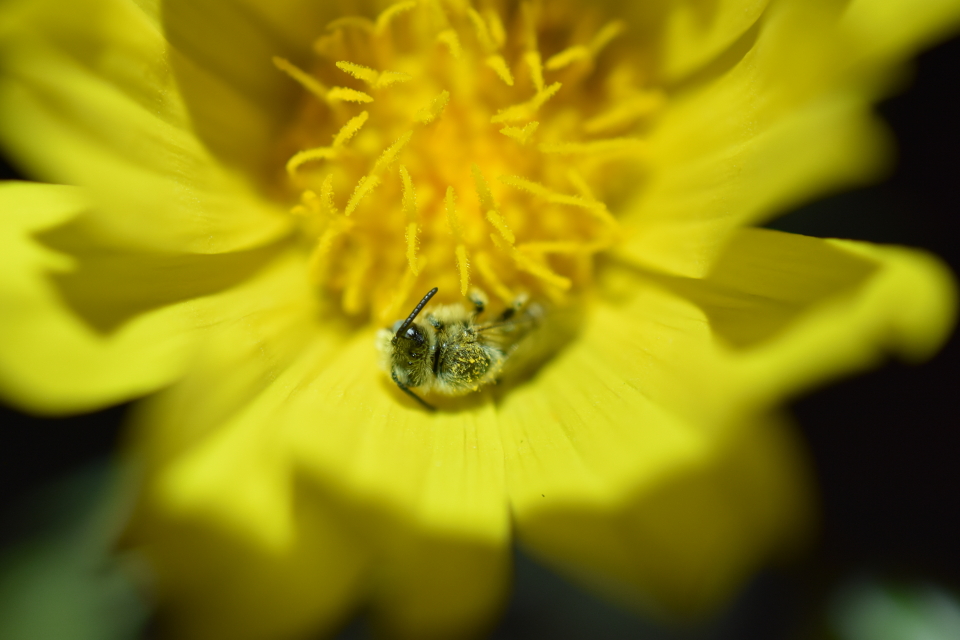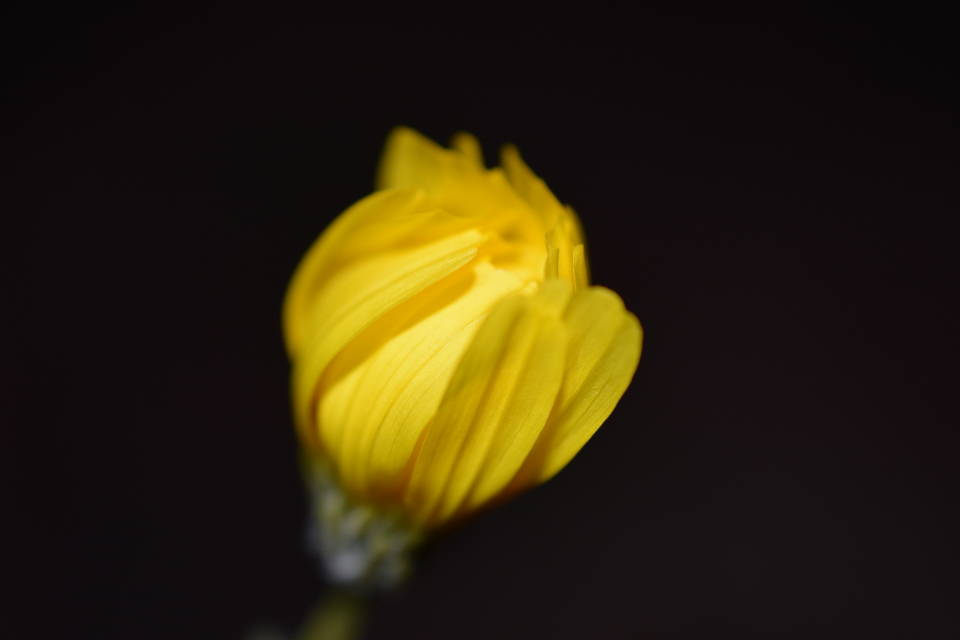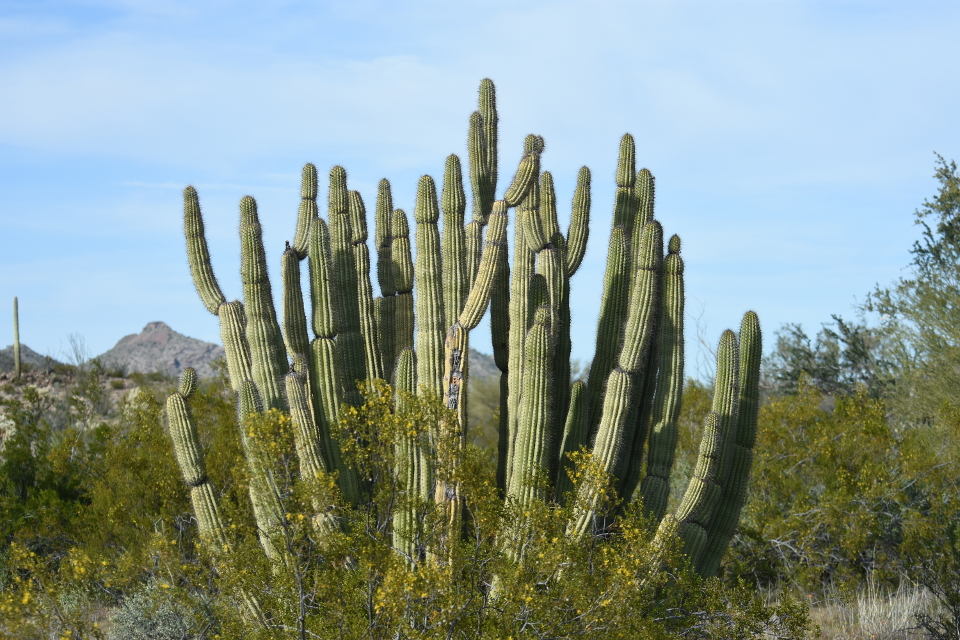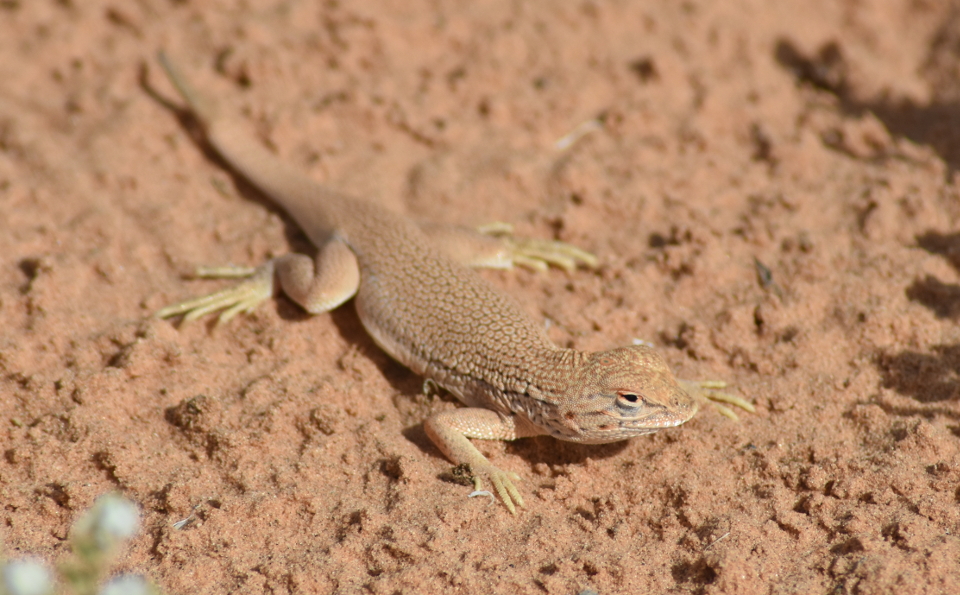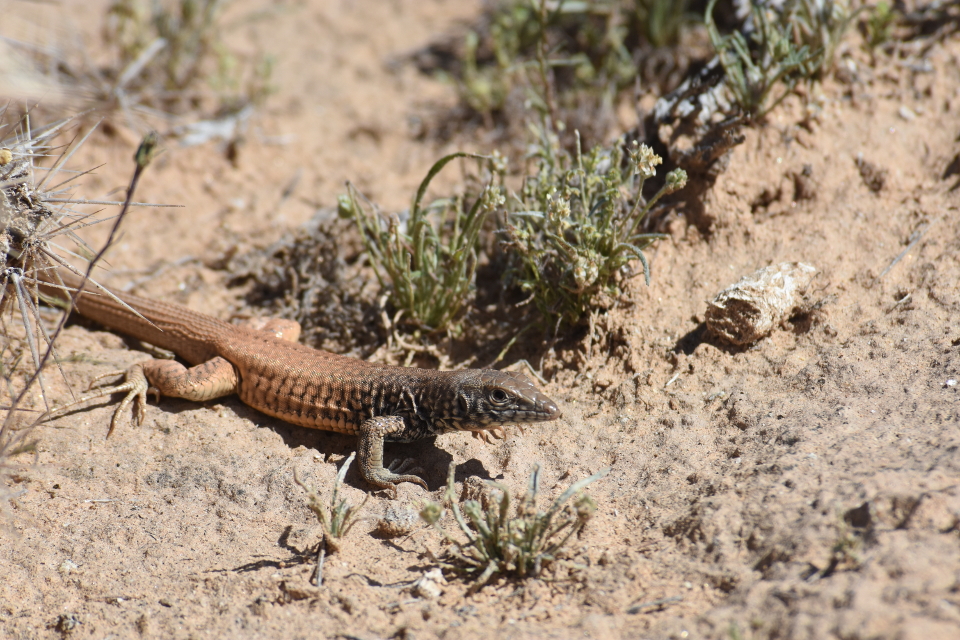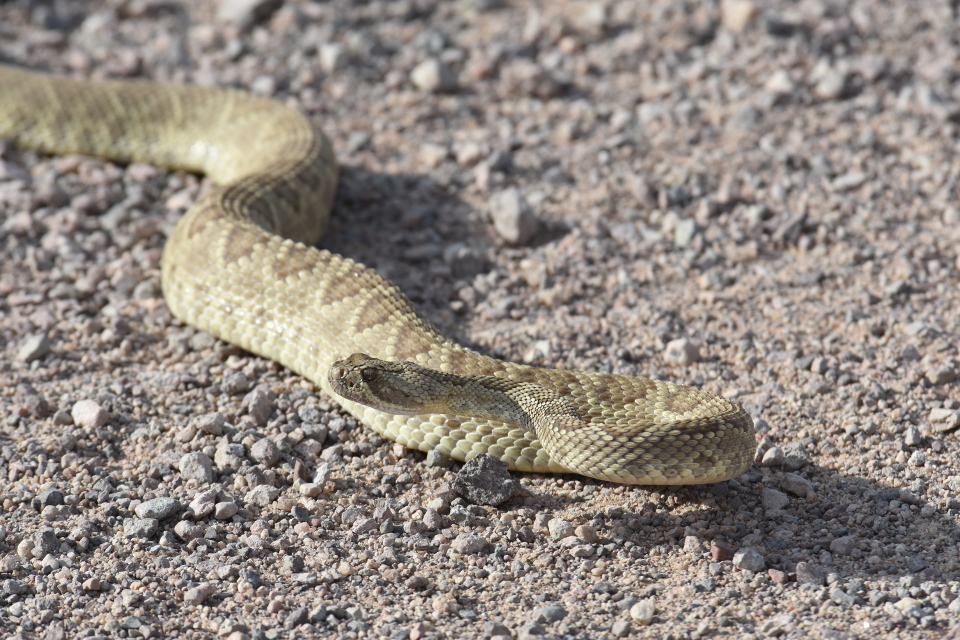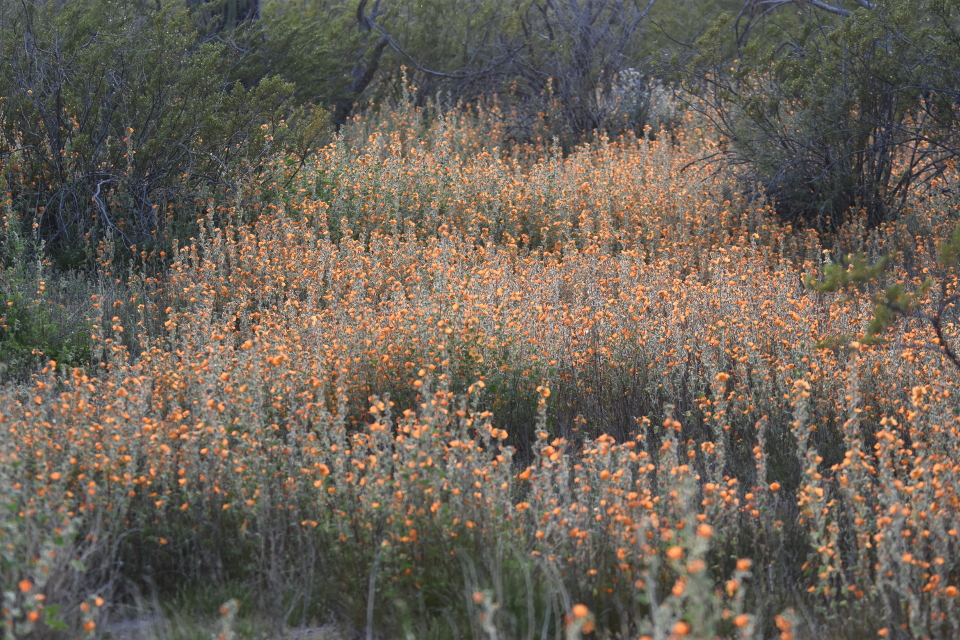Growing up I spent a lot of Winter and Spring vacations with my family traveling from Oregon to the Southwest desert for long camping trips. The Southwest remains one of my favorite places in the world, the Mojave and Sonoran deserts in particular. My parents love it so much that they relocated to Tucson for their retirement! Recently, I took a week long trip with my father and a family friend to traverse the Cabeza Prieta National Wildlife Refuge, in Southwestern Arizona, looking for interesting plants and animals and enjoying the desert landscape. It was an excellent trip to a beautiful region of the country.
We first spent some time exploring the area around Tucson, Arizona. The little-visited Ironwood National Monument proved to be a beautiful location full of historical and natural sites. Likewise, the Tanque Verde falls area is a beautiful spot.
Landscape at Ironwood National Monument

Hohokam petroglyphs at Ironwood National Monument
Close-up shot of night-blooming cereus (Peniocereus greggii) at Ironwood NM
Close-up shot of Brittlebrush (Encelia farinosa) inflorescence at Ironwood NM
Flowers and fruits of Creosote bush (Larrea tridentata) at Ironwood NM
Larrea tridentata is the only species of the genus Larrea native to North America. My former labmate Rob Laport uses Larrea as a model system to study variations in ploidy.
Tanque Verde falls, oustide of Tucson, AZ
We started out from Tucson, AZ and headed west to the Barry M. Goldwater test range. We camped on the eastern base of the Tinajas Altas mountains and explored the high tanks, pools of water in the rocks that provide a miniature oasis for wildlife.
Rocks near the high tanks in the Tinajas Altas Mountains
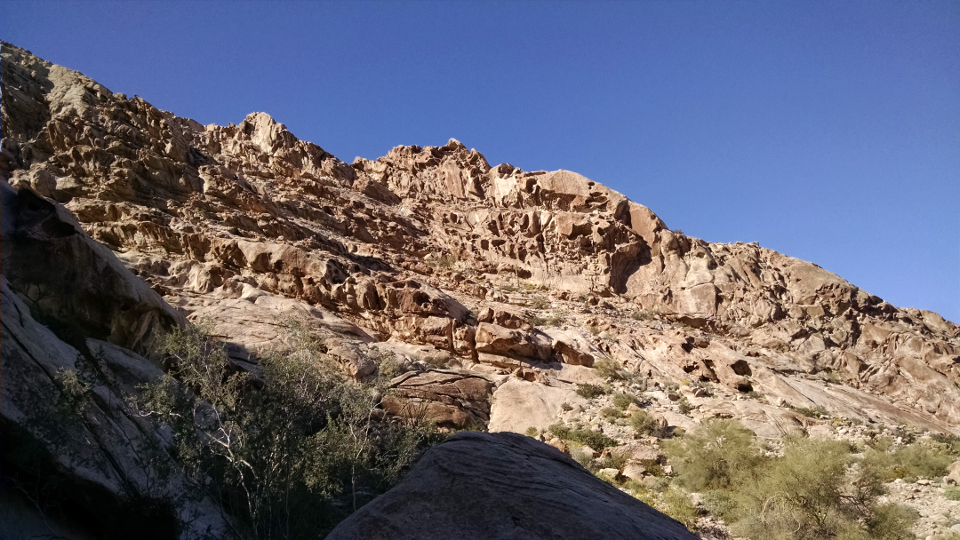
One of the elevated tanks, providing a habitat for toads and other animals
Red-spotted toads (Anaxyrus punctatus) mating at Tinajas Altas
A large Chuckwalla (Sauromalus ater) at Tinajas Altas
The Arizona Chalk Dudleya (Dudleya arizonica) near Tinajas Altas
We then set out across the NWR on the famous El Camino del Diablo, a place I haven’t been to since I was a teenager. The incredible Sonoran desert landscape was teeming with wildflowers and wildlife. It’s been a wet Winter and Spring. The mountains, lava flows, and sand dune areas of the NWR are not frequently visited by recreational travelers. Most of the other people we saw were either border patrol officers or workers brought to the area by the unfortunate construction of the border wall, who were busy stripping and transporting sand from desert washes to pour concrete for foundations. They are building the wall across the currently-uninterrupted land connecting Cabeza Prieta NWR to La Reserva de la Biosfera El Pinacate y Gran Desierto de Altar in Mexico.
El Camino del Diablo stretching out to the East along the US/Mexico border
A cotton-top barrel cactus alongside el Camino del Diablo
A large truck hauling sand for border wall construction
A truck hauling water for the border wall construction project
We were nearly run off the narrow, sandy road by several of these trucks driving at about 50 mph in an area where the maximum speed should be around 25 mph. They refused to stop, slow down, or yield space, forcing us to quickly move to the side to avoid a collision. We complained to a supervisor from the contractor, Fisher Sand and Gravel Company, but I am not confident the behavior will change.
Looking South across the refuge boundary and the international border with Mexico
A desert lilly (Hesperocallis undulata, Asparagaceae) flowering near the Southern refuge boundary
The fruits of a Lycium in the wash at Tule Well
We camped about halfway across the refuge near Christmas Camp and Tule Well, where we managed to escape the bustle of wall-related activity and find a variety of interesting plants and animals in the hills and washes.
The hills near Christmas Pass, Cabeza Prieta NWR
Physalis crassifolia growing on a hillside near Christmas Pass
Physalis is a genus in the Solanaceae family. My labmate in the Smith lab Chelsea Pretz studies the evolution of self-incompatibility in this genus.
Close-up of a Physalis crassifolia flower
Ash-throated flycatcher in a palo verde
A bee checked in for the night at the Desert Gold Hotel
We observed several bees and flies tucking themselves into the flowers of Desert Gold to spend the night. The flowers close up after dark, making a safe little hotel for the visitors.
A fly checked in for the night at the Desert Gold Hotel
The Desert Gold Hotel locked up for the night
Finally we traversed the remainder of El Camino del Diablo, along the Mexican border and veering Northeast across Organ Pipe National Monument to Ajo, AZ and then crossing the Tohono O’odham Nation to return to Tucson.
An Organ Pipe Cactus (Stenocereus thurberi)
Yuman Desert Fringe-Toed Lizard (Uma rufopunctata) at Pinacate Sands
This lizard is endemic to the Sonoran desert area North of the Gulf of California. This Study indicates that Uma rufopunctata is actually not a separate species, but a hybrid of Uma notata and Uma cowlesi.
Western whiptail (Aspidoscelis tigris), Cabeza Prieta NWR
Mojave rattlesnake (Crotalus scutulatus) in Organ Pipe NM
Field of flowering globemallow at Bates Well, Organ Pipe NM
For additional plant and wildlife observations please see my iNaturalist page.
